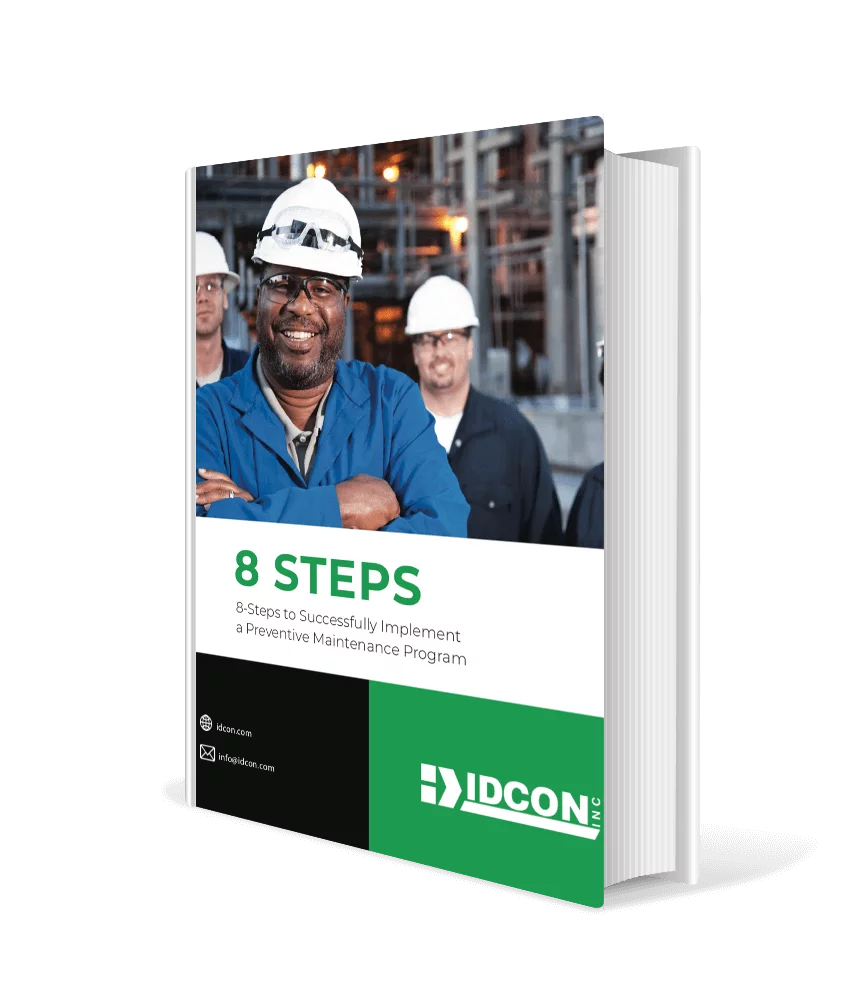Smart Methods in Maintenance: Part 1
A long time ago, I discovered that most maintenance people like gadgets and smart methods, especially from within their fields. I must include myself in
A long time ago, I discovered that most maintenance people like gadgets and smart methods, especially from within their fields. I must include myself in
Maintenance cost savings are usually realized with a short-sighted approach instead of long-term. In my earlier column I wrote about the Fox versus the Hedgehog
In the May column, I discussed results that a mill had experienced in the ten years following implementation of initiatives with a primary focus on
High investment costs mean that it is the interests of paper makers to look after their equipment. After all, prevention is better than cure.
The pulp and paper industry in Western Canada is in a period of unprecedented change. Against a background of poor markets, rising costs, aging plants,
In the previous two articles, I discussed methods for developing a good preventive maintenance (PM) and condition monitoring program. In this column, I further comment
In the first part of this series of columns on Preventive Maintenance (PM) I talked about the necessity of having a good route based function
A very important part of a cost-effective preventive maintenance program is what I call the route-based activity. These are activities that are easiest to do,
Here are preventive maintenance examples of best practices and the questions you need to ask to determine if your plant is using them. Visiting plants
Most maintenance departments profess to be convinced of the need for maintenance planning and scheduling and condition based maintenance. However, the benefit of using them
Making money, not tons, has become the mantra of the pulp and paper industry in recent years. Consolidation moves in the sector have resulted in
As an industry, we are facing vastly different circumstances than we ever have before. New low-cost producers and an ever-shrinking world market have left the
Setting Disciplined Priorities – A Maintenance Planning and Scheduling Perspective Priority, as defined in the Franklin Dictionary, means “coming before in time, order, or importance.”
Potlatch Cloquet’s low-cost maintenance shutdown management techniques focusing on type, quality, and timing of work contribute to an 83% drop in maintenance cost per ton.
In the previous columns, I discussed how to promote the vitally important operations/maintenance partnership. This is the last in my series of columns covering the
In the previous columns, I discussed joint goals and how to promote the vitally important operations/maintenance partnership through a different way of reporting and solving
In the previous two columns, I discussed joint goals and how to promote the operations/maintenance partnership through a different way of reporting and solving operations
In the last column, I discussed joint goals and how to promote the operations/maintenance partnership through a different way of reporting and solving operations problems,
In this and following columns, I will elaborate concerning the vital relationship between operations, maintenance, and engineering. In this first column, I will focus on
I often get calls from organizations that are contemplating moving maintenance resources to area operations managers. They ask “Can operations manage maintenance?” I always ask
IDCON © 2024 All rights reserved

Reduce your costs with an effective PM program